Home>Interior Design>How To Organize A Small Living Room With Not Enough Storage


Interior Design
How To Organize A Small Living Room With Not Enough Storage
Modified: October 29, 2024
Learn how to maximize storage in your small living room with these creative interior design solutions. Discover smart organizing tips and tricks to declutter and create a functional space.
(Many of the links in this article redirect to a specific reviewed product. Your purchase of these products through affiliate links helps to generate commission for Storables.com, at no extra cost. Learn more)
Introduction:
Welcome to our guide on how to organize a small living room with not enough storage. In today’s fast-paced world, maximizing the functionality and space in our homes has become essential. This is especially true when it comes to small living rooms, where finding adequate storage solutions can be a challenge. However, with a bit of creativity and strategic planning, you can transform your cramped living room into a well-organized and clutter-free space.
Having limited storage space doesn’t mean compromising on style or functionality. In fact, it presents an opportunity to explore innovative ideas and utilize every inch of space available to you. By following the tips and tricks in this guide, you’ll be able to create a functional and visually appealing living room that maximizes storage and minimizes clutter.
Before we dive into the details, it’s important to first evaluate your living room space and storage needs. Understanding the limitations and potential of your space will help you determine the best solutions for organizing and storing your belongings.
Key Takeaways:
- Maximize storage in a small living room by evaluating space, decluttering, and utilizing vertical and hidden storage solutions. Multifunctional furniture and strategic zoning can also optimize functionality and organization.
- Transform a small living room into a well-organized and visually appealing space by strategically displaying items, adding shelves and wall hooks, and utilizing the often-overlooked space under furniture for storage. Customizing solutions to specific needs is key.
Read more: How To Organize A Small Living Room
Evaluating your living room space and storage needs:
Before you start organizing your small living room, it’s crucial to assess the available space and identify your storage requirements. This will help you prioritize and make informed decisions when choosing storage solutions.
Begin by measuring the dimensions of your living room, including the walls, floor space, and any alcoves or recesses. This will give you a clear idea of how much space you have to work with. Take note of any architectural features or obstacles, such as windows, doors, or radiators, as these may limit your storage options.
Next, evaluate your storage needs. Take stock of your belongings and determine what items are essential and what can be stored elsewhere. Categorize your belongings into groups such as books, electronics, toys, decor, and so on. This will help you determine the types and sizes of storage solutions you require.
Consider your lifestyle and how you use your living room. If you entertain guests frequently, you may need storage for extra seating, serving trays, or entertainment equipment. If you have children or pets, you might need storage for toys, pet supplies, or safety equipment.
Take into account any specific storage requirements you have. Do you have a collection of books that need a dedicated bookshelf? Are there any fragile items that need to be stored securely? By considering these factors, you can ensure that your storage choices align with your individual needs.
It’s also essential to think about the aesthetic of your living room. Decide on the style and color scheme you want to achieve and consider storage solutions that will complement the overall design. This will help create a cohesive and visually pleasing space.
By thoroughly evaluating your living room space and storage needs, you will have a solid foundation for organizing and optimizing your small living room. With this crucial step out of the way, let’s move on to the next phase: decluttering and minimizing belongings.
Decluttering and minimizing belongings:
When working with a small living room and limited storage, decluttering becomes an essential first step. By reducing the number of belongings and keeping only what is necessary and meaningful, you’ll create a more organized and spacious environment.
Start by going through each item in your living room and asking yourself if it serves a purpose or brings you joy. Be honest with yourself and let go of items that no longer serve a functional or emotional purpose. Consider donating or selling items that are in good condition but are no longer needed.
Next, establish designated areas for each category of belongings. Create separate piles for items to keep, items to donate/sell, and items to discard. This will help streamline the decluttering process and prevent belongings from becoming scattered or misplaced.
As you declutter, think about the functionality of each item. Are there any duplicates or items that serve the same purpose? Consolidating similar items can help save space and reduce clutter.
Once you have decluttered, it’s time to organize the belongings you have chosen to keep. Group similar items together, such as books, DVDs, or decorative accessories. Consider utilizing storage containers or bins to keep smaller items contained and prevent them from cluttering surfaces.
If you find that you still have an abundance of belongings despite decluttering, consider implementing a rotation system. Store some items in a different area of your home or in off-site storage and periodically swap them out to keep your living room fresh and uncluttered.
Remember, the key to effective organization is not just about finding space for everything, but also reducing the overall amount of items you need to store. By decluttering and minimizing your belongings, you’ll create a more organized and spacious living room.
Now that you’ve decluttered, it’s time to explore storage solutions that maximize the available space in your small living room. Let’s move on to the next phase: utilizing vertical storage solutions.
Utilizing vertical storage solutions:
In a small living room with limited floor space, utilizing the vertical space is an effective way to maximize storage. By taking advantage of the walls and vertical surfaces, you can create additional storage without sacrificing valuable floor space.
One of the simplest ways to utilize vertical storage is by installing shelves. Floating shelves or wall-mounted shelves can be placed above seating areas, around door frames, or above consoles and entertainment units. These shelves provide an opportunity to display decorative items or store books, photo frames, or small accessories.
Investing in a bookcase or a tall storage unit that reaches up to the ceiling is another great option. These vertical storage solutions offer ample space for books, DVDs, and other items, while utilizing the height of the room. Make use of adjustable shelves to customize the space according to your storage needs.
Additionally, consider installing a pegboard or a wall grid to hang items such as hats, bags, or small tools. These wall-mounted systems provide flexible storage options and can be customized with hooks and containers that suit your needs.
If wall-mounted storage isn’t feasible, an alternative is utilizing the back of doors. Install over-the-door hooks or racks to hang coats, bags, or shoe organizers. These simple additions can significantly increase your storage capabilities without taking up any additional floor or wall space.
When it comes to vertical storage, don’t forget about the area above existing furniture. Install wall-mounted cabinets or storage units above your sofa or sideboard to keep items out of sight and create a sleek and clutter-free look.
By thinking vertically, you can make the most of every inch of space in your small living room. Implementing shelves, tall storage units, pegboards, and utilizing the back of doors are all effective ways to incorporate vertical storage solutions.
Now that you have some ideas for vertical storage, let’s explore another option: utilizing hidden storage options.
Utilizing hidden storage options:
In a small living room where space is at a premium, utilizing hidden storage options is a clever way to create a streamlined and clutter-free environment. By incorporating furniture and decor pieces with hidden storage compartments, you can maximize your storage while maintaining a clean and uncluttered look.
One popular option for hidden storage is an ottoman or coffee table with a lift-up lid or removable top. These versatile pieces not only provide a surface for drinks or snacks but also offer storage space for blankets, board games, or other items you want to keep out of sight. Choose a style that complements your living room decor and maximizes functionality.
Another hidden storage solution is a storage bench or ottoman with built-in compartments. These pieces can serve as additional seating while providing storage space underneath the seat. They are perfect for storing items like shoes, throw pillows, or kids’ toys, keeping them neatly tucked away.
Consider utilizing furniture with hidden storage compartments, such as sofas with storage chaises or sideboards with concealed drawers. These pieces allow you to store items like extra linens, media accessories, or even dinnerware, keeping your living room organized and clutter-free.
If you have a television in your living room, consider mounting it on the wall and utilizing a TV cabinet with hidden storage compartments. These cabinets can store cables, remote controls, gaming consoles, and other media equipment, keeping them out of sight when not in use.
Get creative with your decor choices by incorporating storage in unexpected ways. For example, floating shelves with hidden compartments can serve as both storage and display space for small items. Similarly, choosing decorative baskets or boxes with lids can add a stylish touch while providing hidden storage for miscellaneous items.
Utilizing hidden storage options allows you to maintain a clutter-free living room while still having plenty of storage space for your belongings. By incorporating furniture and decor with hidden compartments, you’ll have a functional and organized living room that doesn’t sacrifice style.
Now that you’re familiar with hidden storage options, let’s explore another strategy: using multifunctional furniture.
Using multifunctional furniture:
In a small living room, choosing furniture that serves multiple purposes is a smart and practical approach. Multifunctional furniture allows you to maximize your space by providing storage, additional seating, or transforming into different configurations as needed.
One versatile option is a sofa bed or a daybed. These pieces of furniture can serve as seating during the day and transform into a comfortable bed for guests at night. Look for designs with built-in storage compartments underneath to further optimize space.
Another multifunctional furniture piece is a nesting coffee table or side tables. These tables can be arranged together to save space and expanded when needed to provide additional surface area for drinks and snacks. Some models even have hidden compartments for extra storage.
Consider investing in a wall bed or murphy bed for a truly space-saving solution. These beds can be folded up and tucked away against the wall when not in use, freeing up valuable floor space. Some models also come with built-in shelving or storage units.
A storage ottoman can serve as a footrest, extra seating, and hidden storage all in one. Look for ottomans with removable tops or lift-up lids to access the storage space within. They are perfect for storing blankets, pillows, or board games.
If your living room doubles as a dining area, consider a dining table with built-in storage. Look for tables with drawers or shelves to keep napkins, placemats, or dining essentials close at hand. Some tables even have fold-down leaves to save even more space when not in use.
Get creative with your storage solutions by using a ladder shelf or a bookcase with a built-in desk. These pieces can act as a display for books, decor, or office supplies while providing a functional workspace. This is particularly useful if you work from home or need a designated area for studying or crafting.
By opting for multifunctional furniture, you can maximize your small living room’s functionality while minimizing clutter. These versatile pieces allow you to make the most of your space without compromising on style or comfort.
Now that you’re familiar with using multifunctional furniture, let’s move on to the next strategy: creating zones within the space.
Consider using multi-functional furniture such as ottomans with storage, wall-mounted shelves, and under-bed storage containers to maximize space in a small living room with limited storage.
Creating zones within the space:
When dealing with a small living room, creating distinct zones within the space can help maximize its functionality and create a sense of organization. By defining different areas for specific activities, you can make the most of every inch of your living room.
Start by assessing how you use your living room and identify the various activities that take place. Common zones within a living room include a seating area, a dining area, and a workspace. Determine which zones are essential for your lifestyle and prioritize them accordingly.
To create a seating area, arrange your furniture in a way that promotes conversation and comfort. Consider using a small sectional sofa or a love seat paired with a couple of armchairs. Place a coffee table or a side table in the center to provide a surface for drinks and snacks. Use a rug to anchor the seating area and define the zone visually.
If you need a dining area, opt for a compact table and chairs that can fit comfortably in a corner or against a wall. Make use of wall-mounted or foldable tables that can be expanded when needed and folded away to save space. Utilize a pendant light or a stylish chandelier to delineate the dining zone and create a focal point.
To establish a workspace, choose a small desk or a floating shelf that can be mounted on the wall. Position it in a quiet corner or against a wall, ensuring it is well-lit and has access to power outlets. Consider using a folding chair or a stool that can be easily stored away when not in use. Add storage solutions like floating shelves or wall-mounted organizers to keep your work essentials within reach.
When creating zones, it’s important to use visual cues to differentiate between areas. For example, you can use rugs, lighting fixtures, or different paint colors on the walls to demarcate each zone. These visual cues help create a sense of separation while maintaining an open and cohesive overall design.
Remember to leave enough space between the zones to allow for easy movement and flow within the room. Avoid cluttering the areas with unnecessary furniture or decor items that may obstruct the functionality of each zone.
By creating distinct zones within your small living room, you can optimize the space and make it more efficient for different activities. This approach allows you to have a functional and well-organized living room that caters to your specific needs.
Now that you have a better understanding of zone creation, let’s move on to the next strategy: displaying items strategically.
Displaying items strategically:
When working with a small living room, strategic display of items can help create visual interest while maximizing storage space. By carefully curating and arranging your decor items, you can transform your living room into a stylish and organized space.
Start by choosing a focal point in the room, such as a fireplace, a feature wall, or a large window. Arrange your furniture and decor items around this focal point to create a visually appealing and balanced composition.
When it comes to displaying items on shelves or surfaces, be selective and showcase items that are both visually pleasing and meaningful to you. Arrange books, collectibles, or decorative objects in small clusters, creating vignettes that catch the eye without overwhelming the space.
Consider utilizing vertical space by hanging artwork or floating shelves on the walls. This not only adds visual interest but also provides additional storage options for displaying smaller items or decorative accents.
If you have a collection of items, such as vintage cameras or family photos, display them together in a curated gallery wall. This creates a conversation-starting focal point while keeping the clutter to a minimum.
Group similar items together to create a cohesive display. For example, create a gallery of framed artwork, arrange plants on a plant stand, or stack books on a side table. This helps to minimize visual clutter and creates a sense of order.
Consider using decorative baskets or boxes to store and display smaller items like remote controls, magazines, or knitting supplies. These containers add texture and style while keeping the items within reach.
If you have a collection of books, incorporate them into your decor by arranging them on shelves horizontally and vertically to create visual interest. Try alternating the direction of the books or using bookends to add variety.
When displaying items, it’s important to leave some negative space to give the room a sense of openness. Avoid overcrowding shelves or surfaces with too many items, as this can make the room feel cluttered and small.
By strategically displaying your items, you can add personality and style to your small living room while keeping the space organized. Curate your display to reflect your personal taste and create a visually appealing environment.
Now that you’ve learned about strategic display, let’s move on to our next strategy: adding shelves and wall hooks.
Adding shelves and wall hooks:
In a small living room with limited floor space, utilizing walls for storage is a practical and effective solution. Adding shelves and wall hooks not only provides additional storage options but also adds visual interest to your living room.
Shelves are versatile storage solutions that can be used to display decor items, store books, and keep everyday essentials within easy reach. Consider installing floating shelves to save space and create a sleek, modern look. Place them above seating areas, around door frames, or above consoles to maximize vertical storage.
When installing shelves, consider their size and placement. Opt for slim and narrow shelves for smaller living rooms to avoid overpowering the space. Position them at a suitable height so that they are easily accessible but do not obstruct the flow of the room.
Use wall hooks to hang items such as bags, coats, scarves, or hats. Install hooks near the entrance or in unused wall spaces to keep these items organized and within arm’s reach. Consider using decorative hooks that not only serve a functional purpose but also add style to your living room.
Another option is to incorporate wall-mounted storage units with hooks, cubbies, or compartments. These units provide an all-in-one solution for keeping items like keys, sunglasses, or mail organized. Look for designs that blend well with your living room decor and offer functional storage solutions.
If you have a collection of items, such as plants, artwork, or figurines, you can create a display shelf or a gallery wall. Install a ledge shelf or a picture rail where you can easily swap out and rearrange your items to keep your living room fresh and visually appealing.
Remember to use wall space efficiently by considering corners and alcoves. Corner shelves or wall-mounted corner units can optimize storage in these otherwise unused areas. Wall-mounted cubbies or shelves can be installed in alcoves to create a space-saving storage solution.
Before installing shelves or wall hooks, plan their placement carefully. Consider the weight-bearing capacity of your walls and use appropriate anchors or brackets to ensure stability. Additionally, make sure the placement of shelves and hooks aligns with your overall room design and doesn’t obstruct any doors or windows.
Adding shelves and wall hooks provides functional storage while enhancing the aesthetic appeal of your small living room. By utilizing the vertical wall space, you can optimize storage options and keep your living room organized and clutter-free.
Now that you’ve explored adding shelves and wall hooks, let’s move on to our final section: utilizing the space under furniture.
Utilizing the space under furniture:
When it comes to maximizing storage in a small living room, every inch of space counts. One often-overlooked area for storage is the space under furniture. By utilizing this often-unused space, you can create additional storage options and keep your living room neat and organized.
Start by looking at your existing furniture and identifying pieces that have space underneath. This can include sofas, coffee tables, sideboards, TV stands, and even beds if your living room doubles as a bedroom. Take advantage of these pieces by incorporating storage solutions specifically designed for this purpose.
One option is to use storage bins or baskets that fit neatly under your furniture. These can be used to store a variety of items like blankets, pillows, toys, or even shoes. Choose bins or baskets that complement your living room decor and can easily slide in and out of the space underneath the furniture.
Consider using furniture with built-in storage compartments. Many coffee tables and ottomans feature hidden storage underneath the tabletop or seat. These compartments are perfect for stashing away remote controls, magazines, board games, or other items that would otherwise clutter the living room.
Invest in furniture with lift-up tops or drawers that provide easy access to the storage space below. This can include coffee tables with lift-top functionality or TV stands with drawers. These pieces of furniture offer a discreet and practical solution for storing items you want to keep out of sight.
If you have a sofa with a higher clearance from the ground, consider using storage boxes or rolling drawers that can slide underneath. These boxes can hold items like extra cushions, blankets, or even out-of-season clothing. This way, you can utilize the space without compromising on the aesthetics of your living room.
When using the space under furniture for storage, ensure that it remains visually appealing and doesn’t appear cluttered. Use storage solutions that fit seamlessly into the available space and can be easily accessed when needed.
While utilizing the space under furniture is a great storage solution, be mindful of the weight and functionality of the furniture itself. Ensure that the additional weight from storage items does not compromise the stability or integrity of the furniture piece.
By utilizing the space under furniture, you can optimize storage in your small living room while maintaining a clean and organized space. This often-overlooked area provides hidden storage solutions and helps keep your living room free from clutter.
Now that you’ve learned various strategies for maximizing storage in a small living room, it’s time to put them into action. By implementing these ideas and tailoring them to your specific needs, you can transform your living room into a functional and well-organized space.
Remember, the key is to evaluate your space, declutter, choose the right storage solutions, and be creative in utilizing every available inch. With a little bit of planning and creativity, your small living room can be both stylish and functional, providing a comfortable and inviting space for you and your guests.
Conclusion:
Organizing a small living room with limited storage requires a bit of creativity, strategic planning, and smart storage solutions. By evaluating your space, decluttering, and utilizing various storage options, you can transform your living room into a well-organized and visually appealing space.
Evaluate your living room space and storage needs to determine the best solutions for maximizing storage. Assess the dimensions of your room, architectural features, and consider your lifestyle to prioritize your storage requirements.
Declutter and minimize your belongings to free up space and create a more organized environment. Categorize your items, keep what is essential and meaningful, and let go of unnecessary clutter. Consider implementing a rotation system or storing some items elsewhere to further minimize the number of belongings in your living room.
Utilize vertical storage solutions to make the most of your space. Install shelves, use wall-mounted storage units, and take advantage of the space above furniture. Utilize hidden storage options, such as ottomans with storage compartments or sofas with under-seat storage, to keep your belongings out of sight.
Opt for multifunctional furniture that serves multiple purposes, such as storage ottomans or sofa beds. This will help you maximize your space and fulfill your storage needs without compromising on style or comfort.
Create zones within your living room to separate different activities and maximize functionality. By establishing designated areas for seating, dining, and workspace, you can make the most of your space and keep your living room organized.
Strategically display your items to add personality and style to your living room while maximizing storage. Arrange decor items in vignettes, consider gallery walls, and use decorative baskets or boxes for storage. Use visual cues to create visually appealing displays while leaving enough negative space to maintain an open feel.
Finally, make use of the space under furniture to maximize storage options. Invest in storage bins, furniture with hidden compartments, or utilize rolling drawers that can be tucked away under sofas or coffee tables.
By implementing these strategies, you can create a well-organized and functional living room, even with limited storage. Remember to customize the solutions to your specific needs, adapt them to your style, and regularly reassess and reorganize as needed to maintain an organized and clutter-free space.
With a bit of creativity, strategic planning, and the right storage solutions, you can transform your small living room into a space that is both visually appealing and highly functional. Happy organizing!
Frequently Asked Questions about How To Organize A Small Living Room With Not Enough Storage
Was this page helpful?
At Storables.com, we guarantee accurate and reliable information. Our content, validated by Expert Board Contributors, is crafted following stringent Editorial Policies. We're committed to providing you with well-researched, expert-backed insights for all your informational needs.
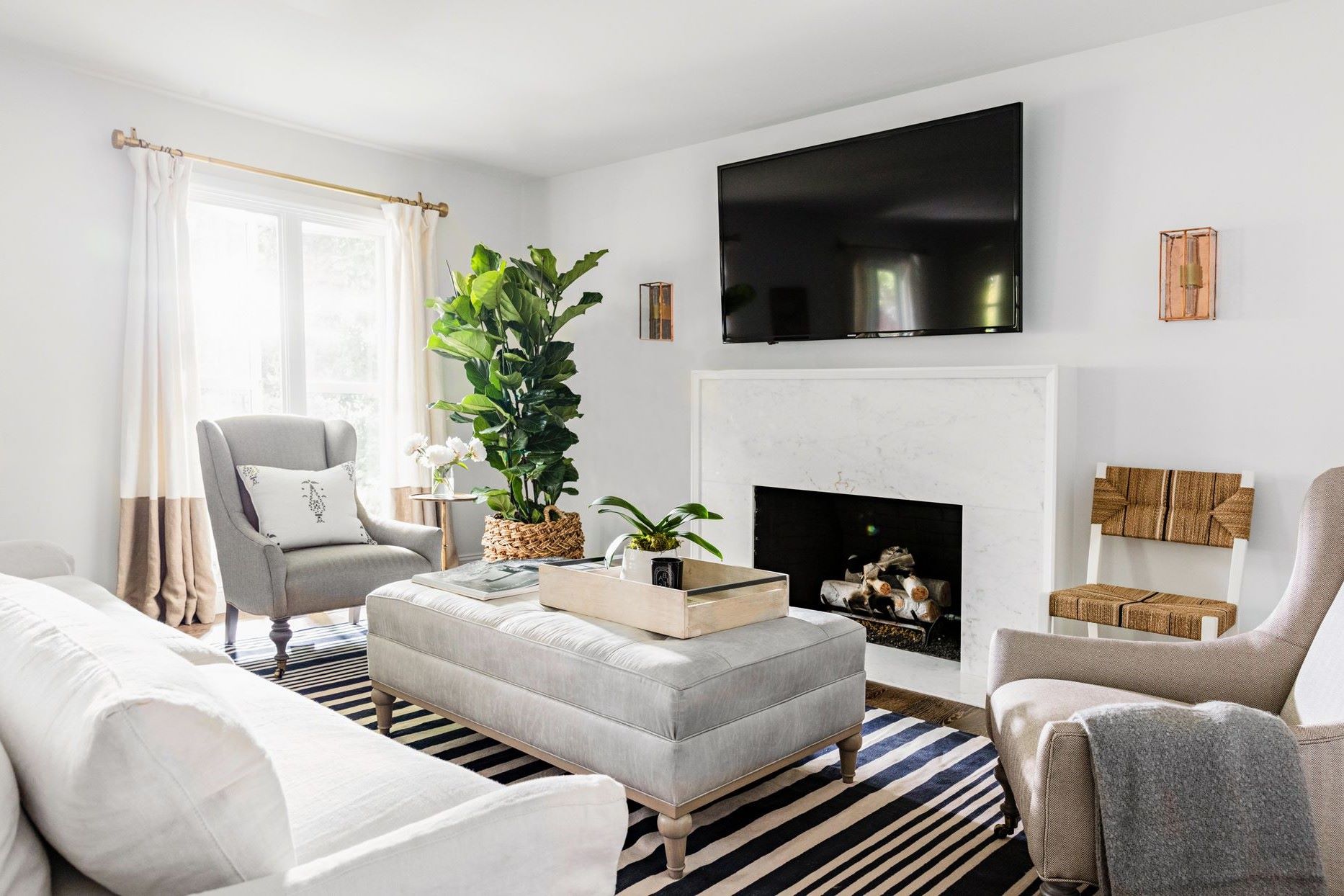
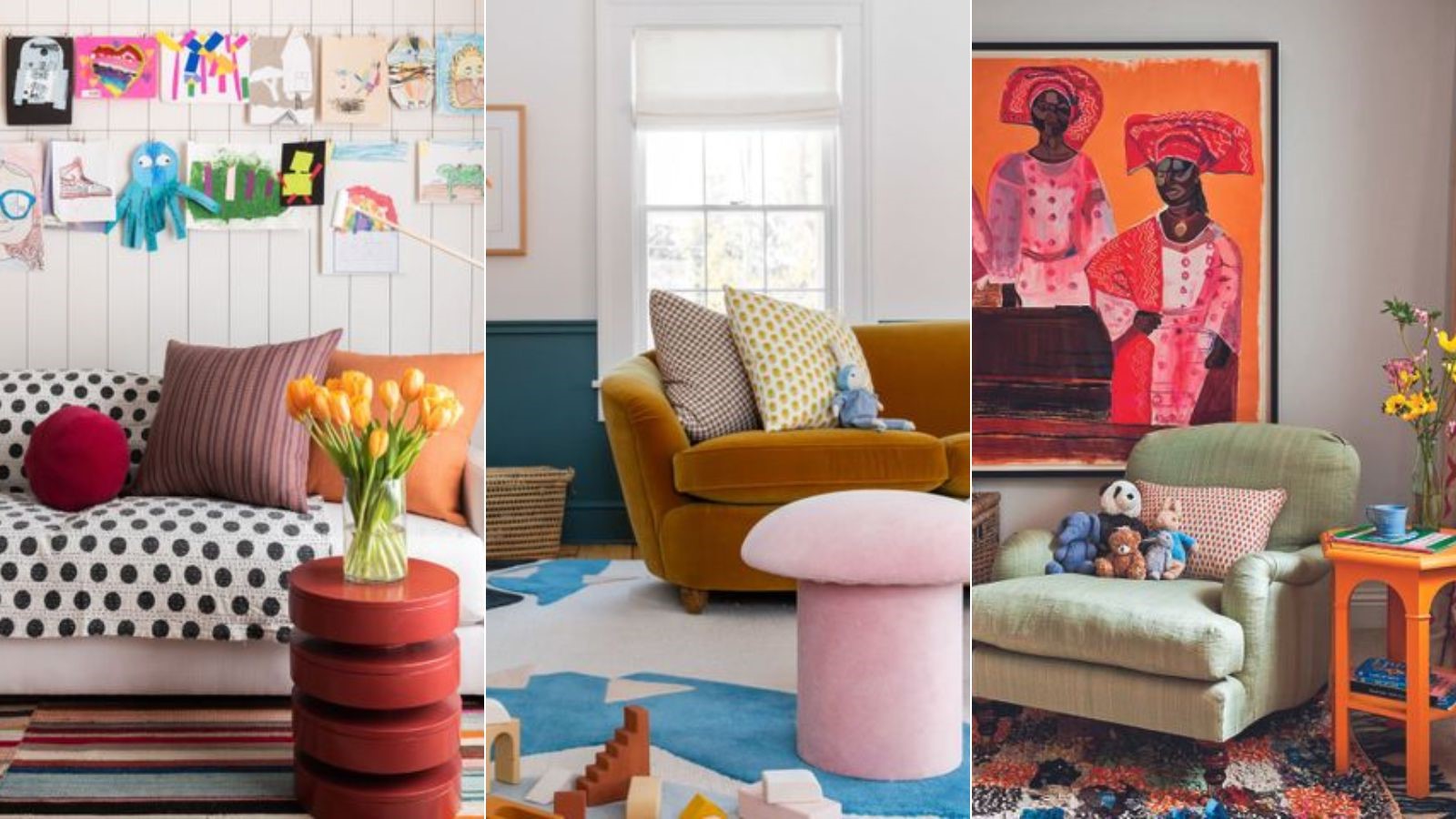
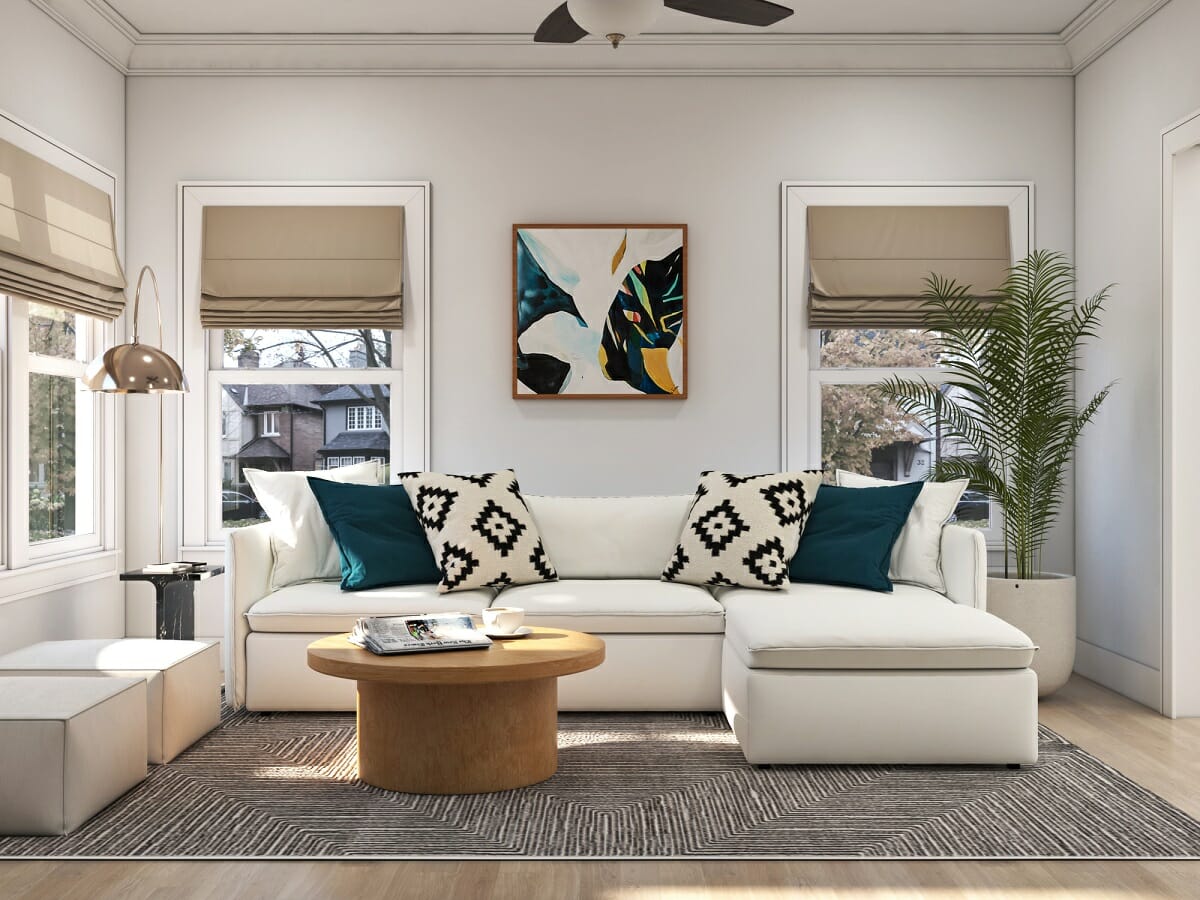
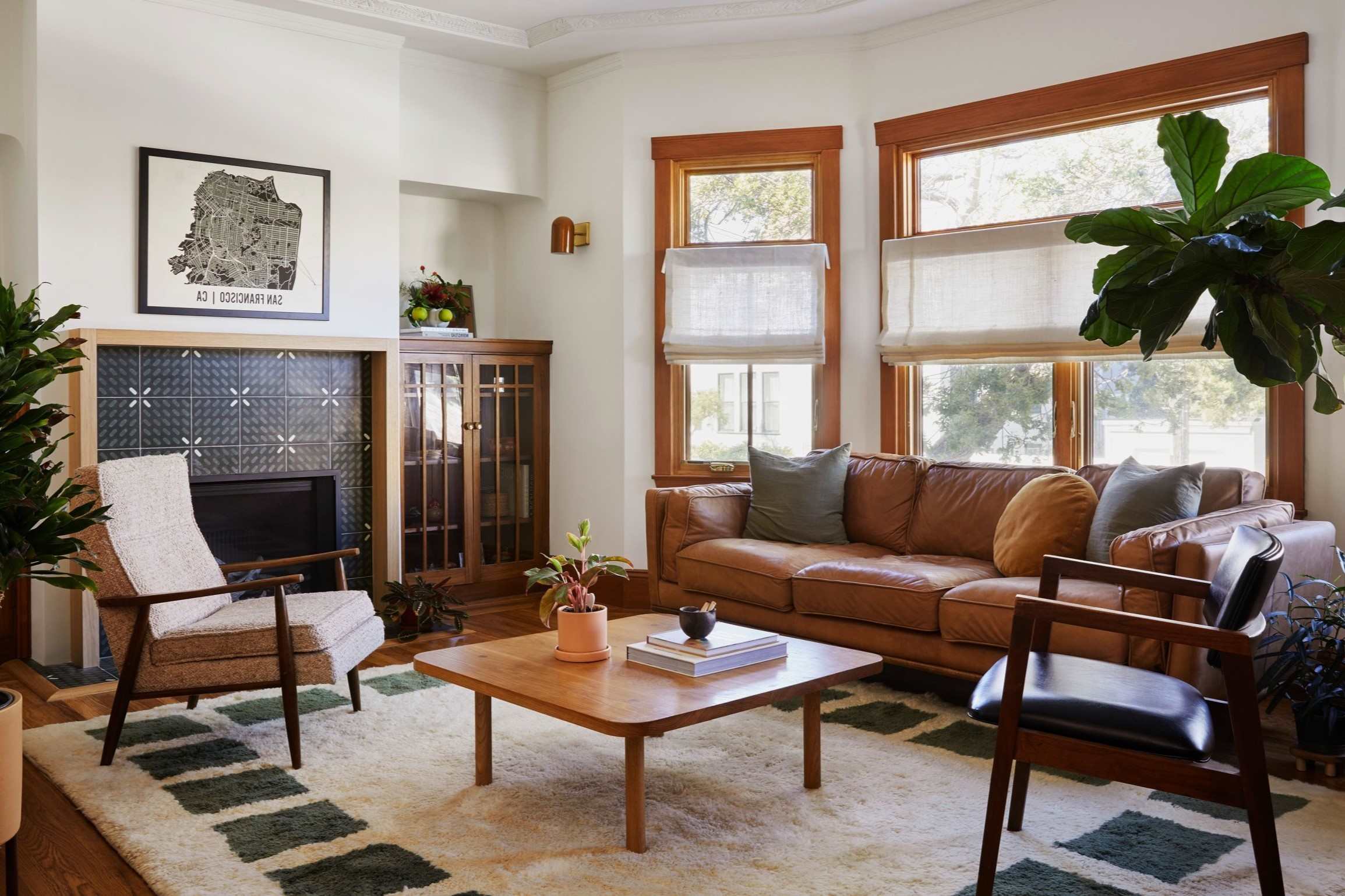
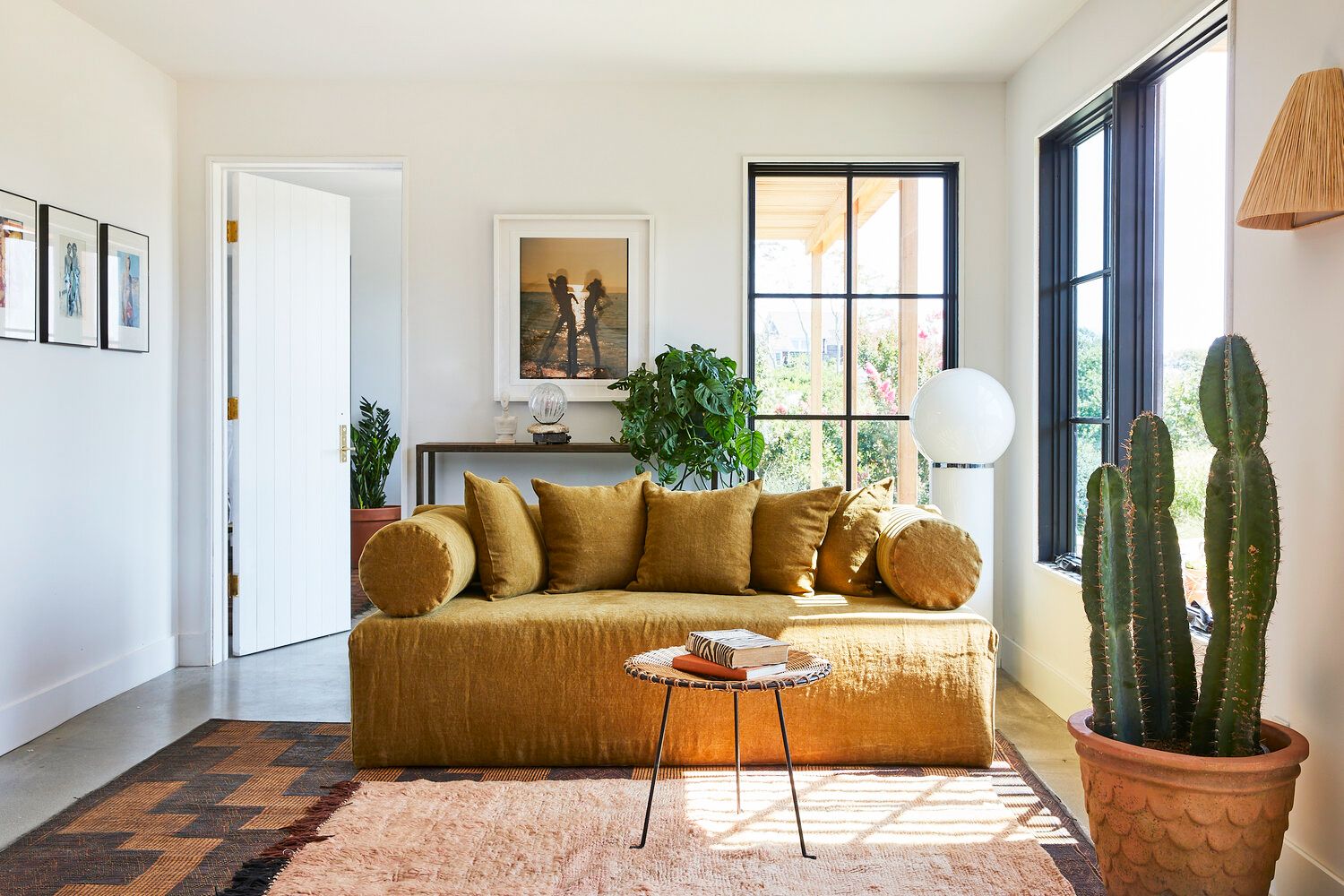
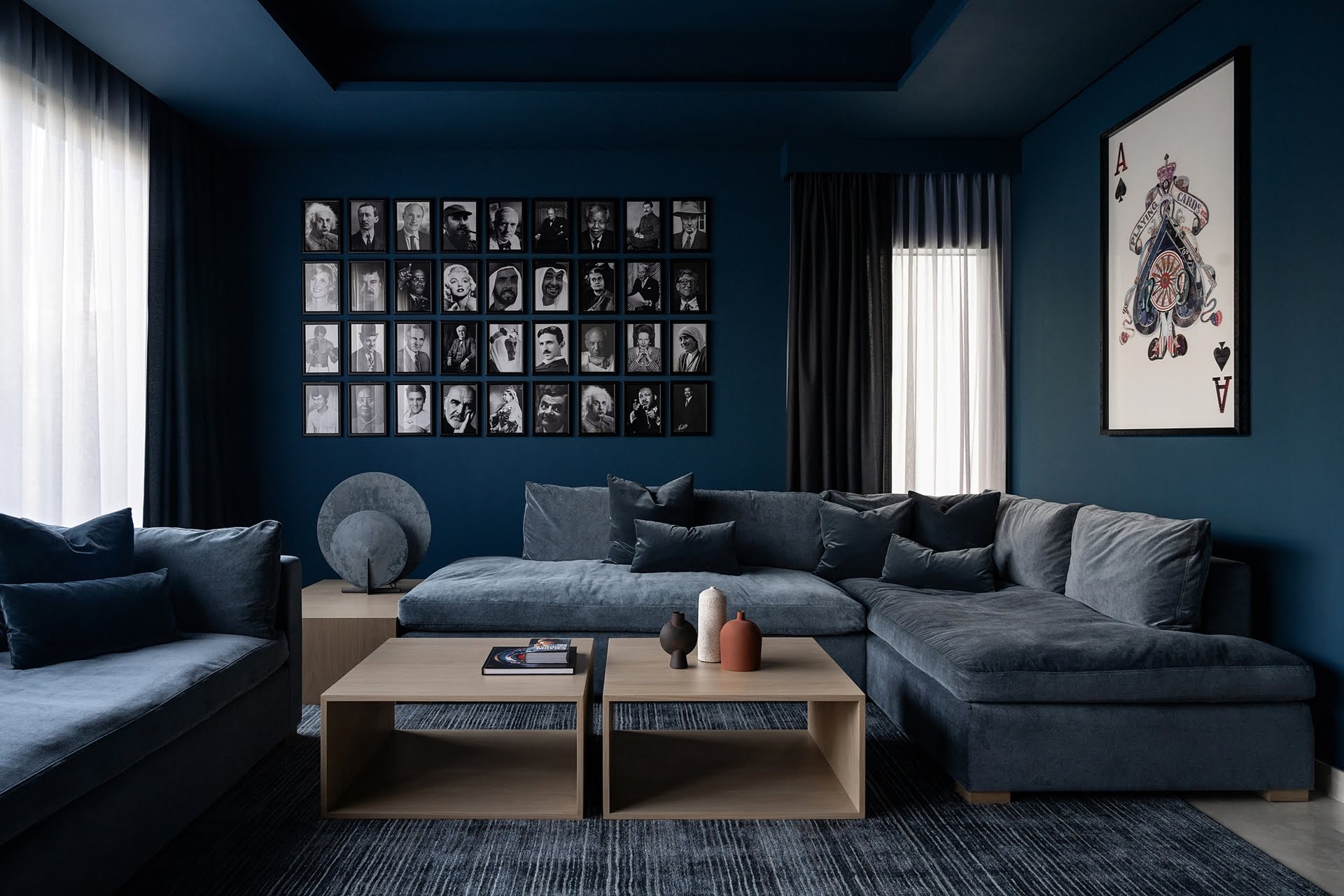
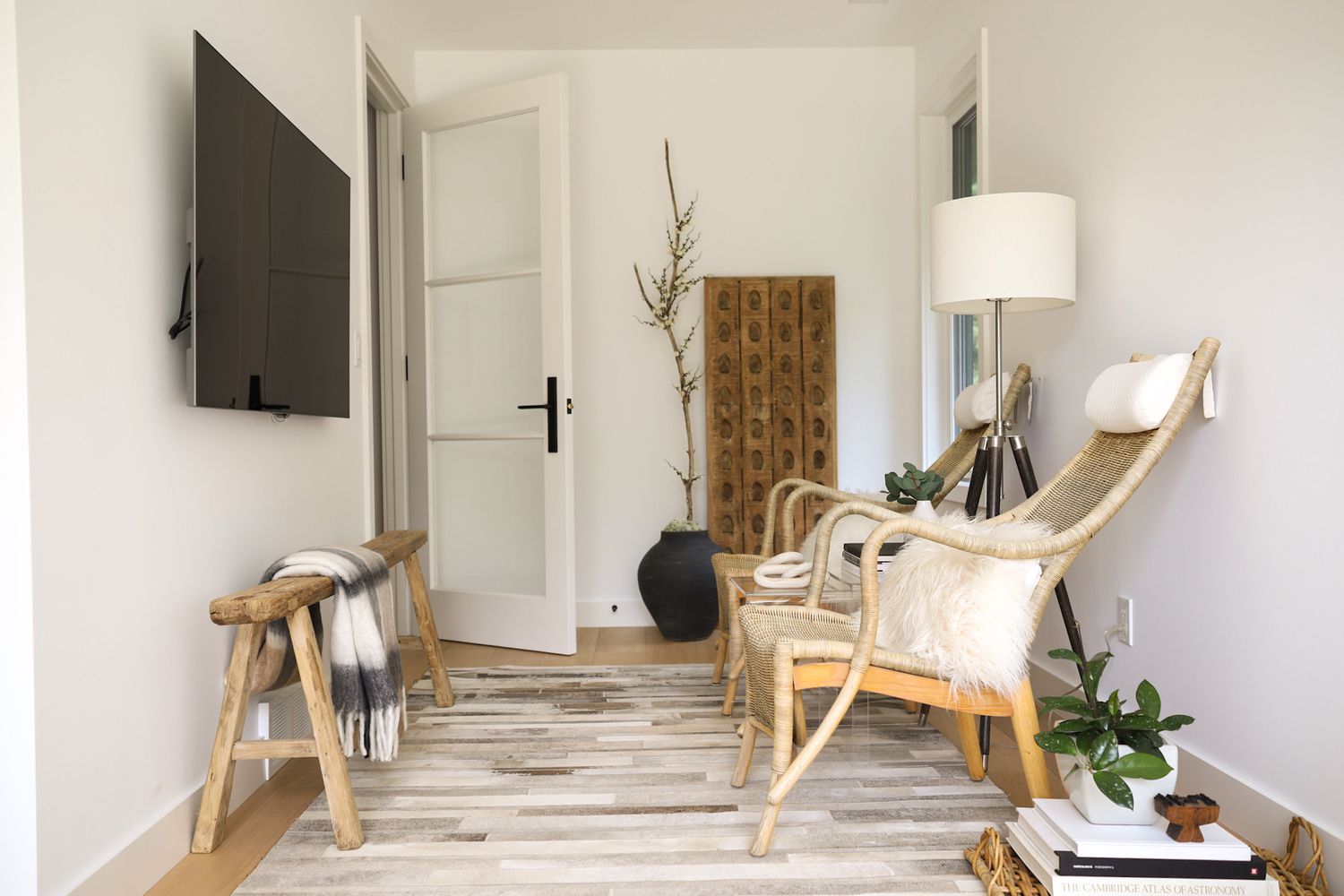
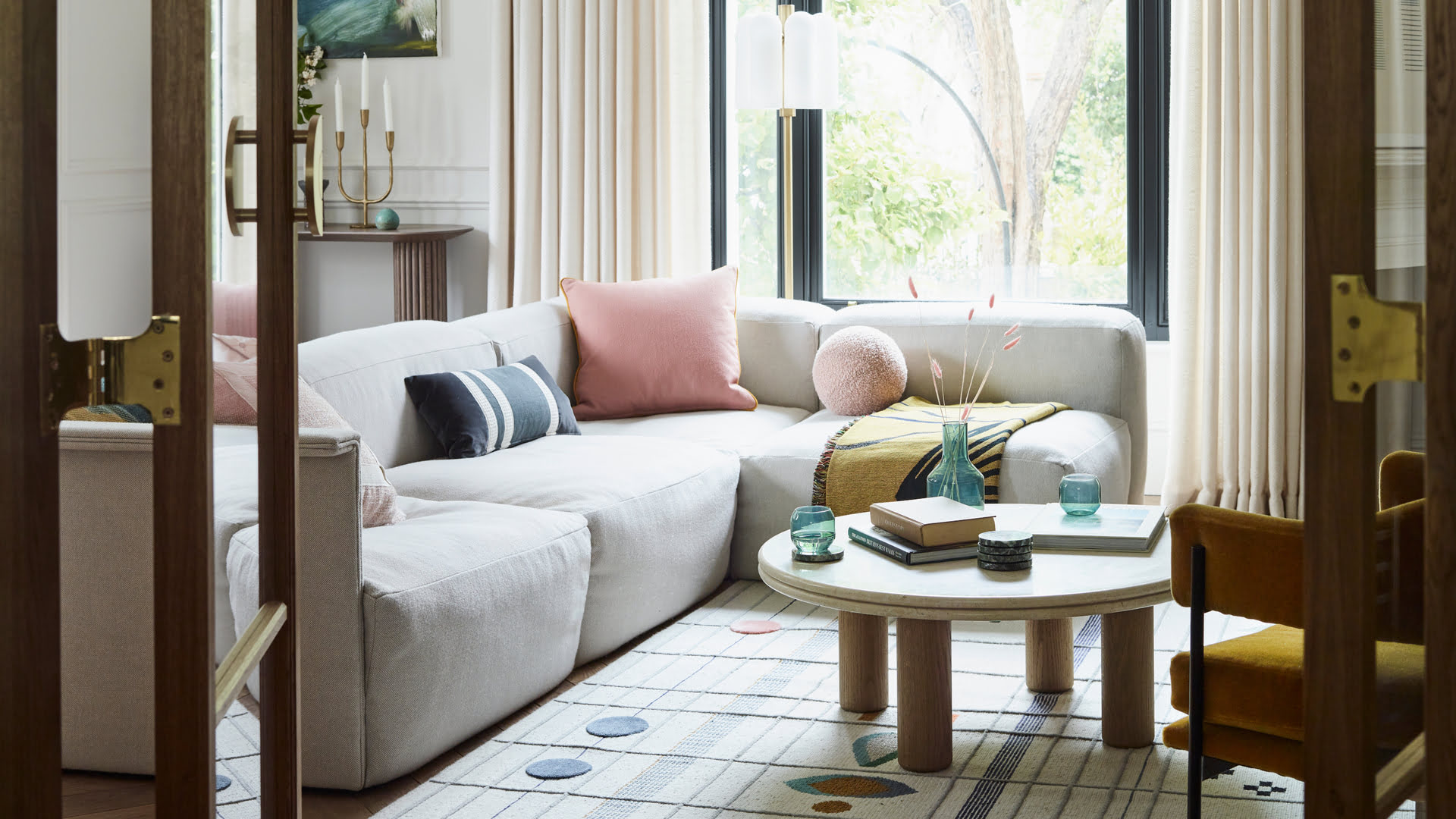
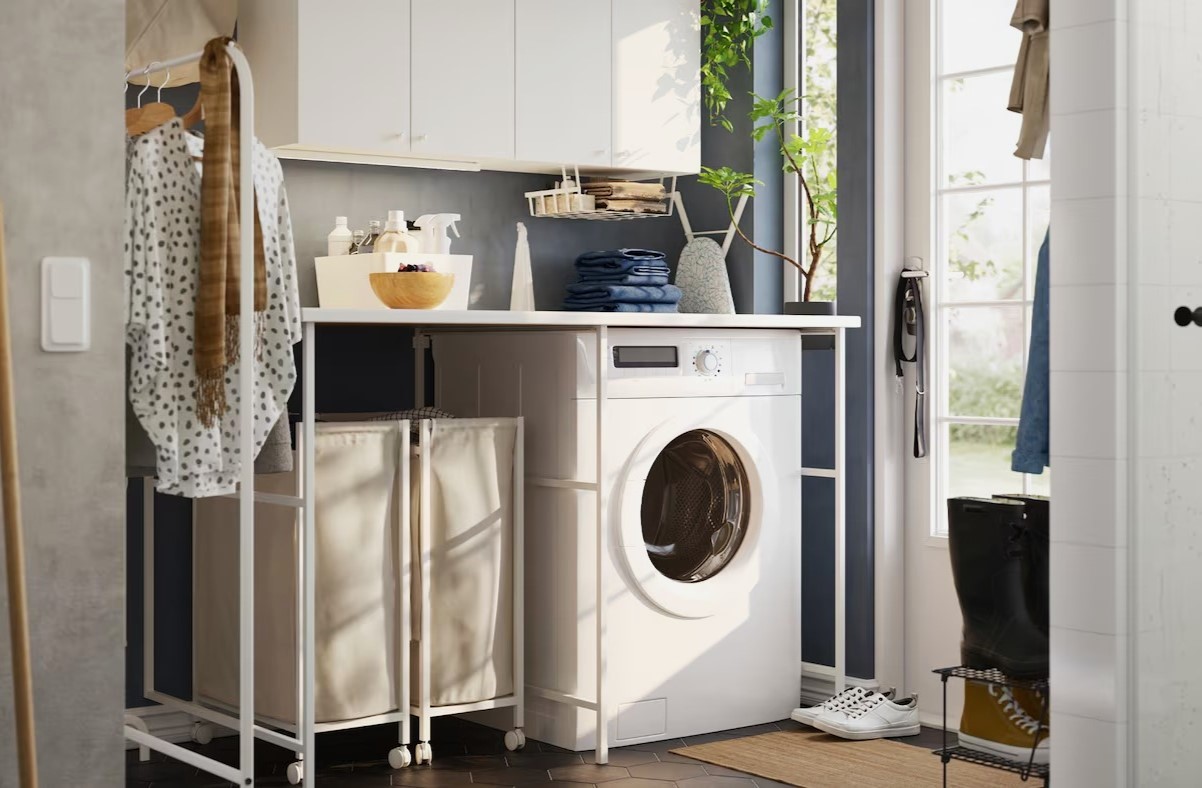
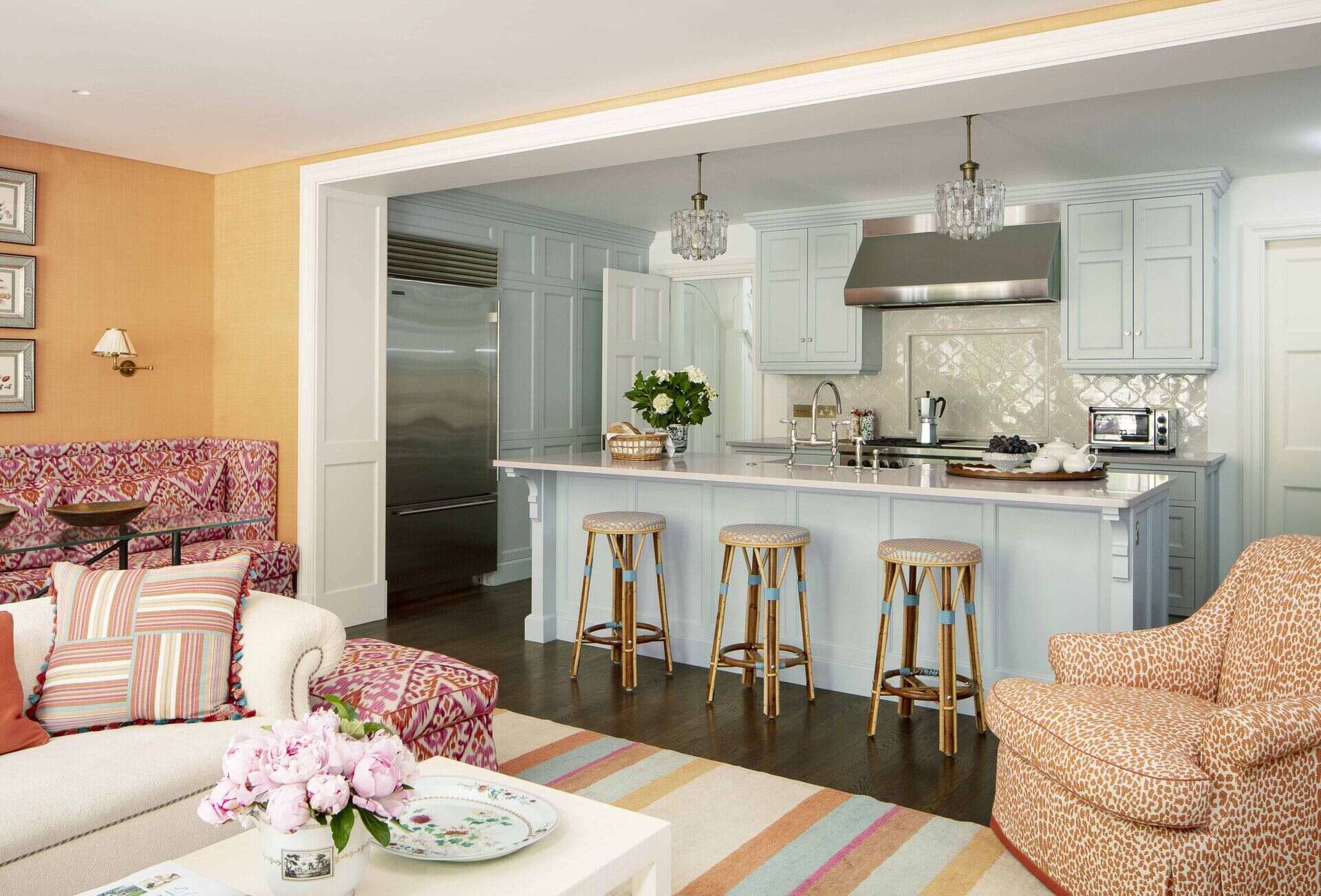
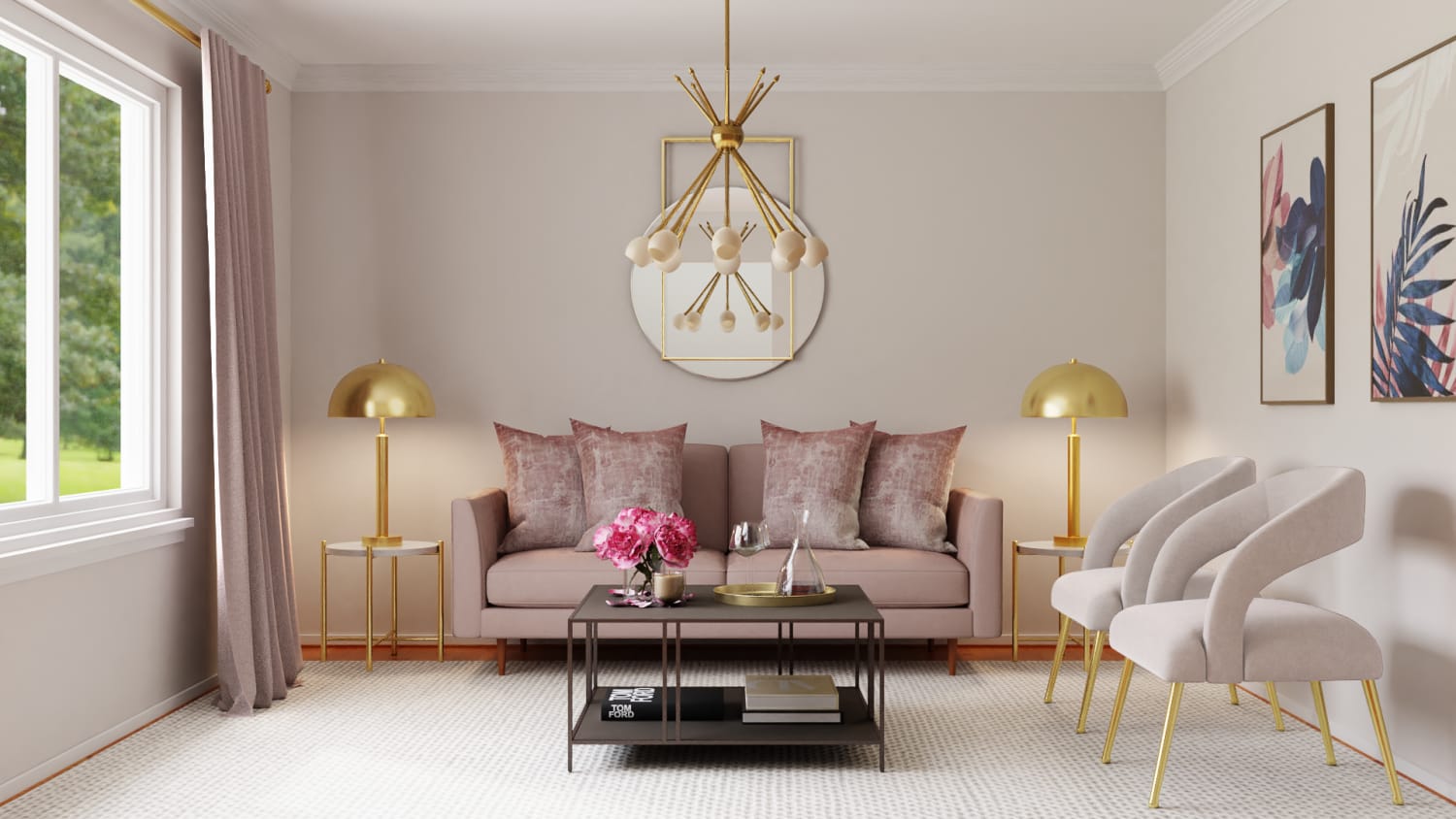
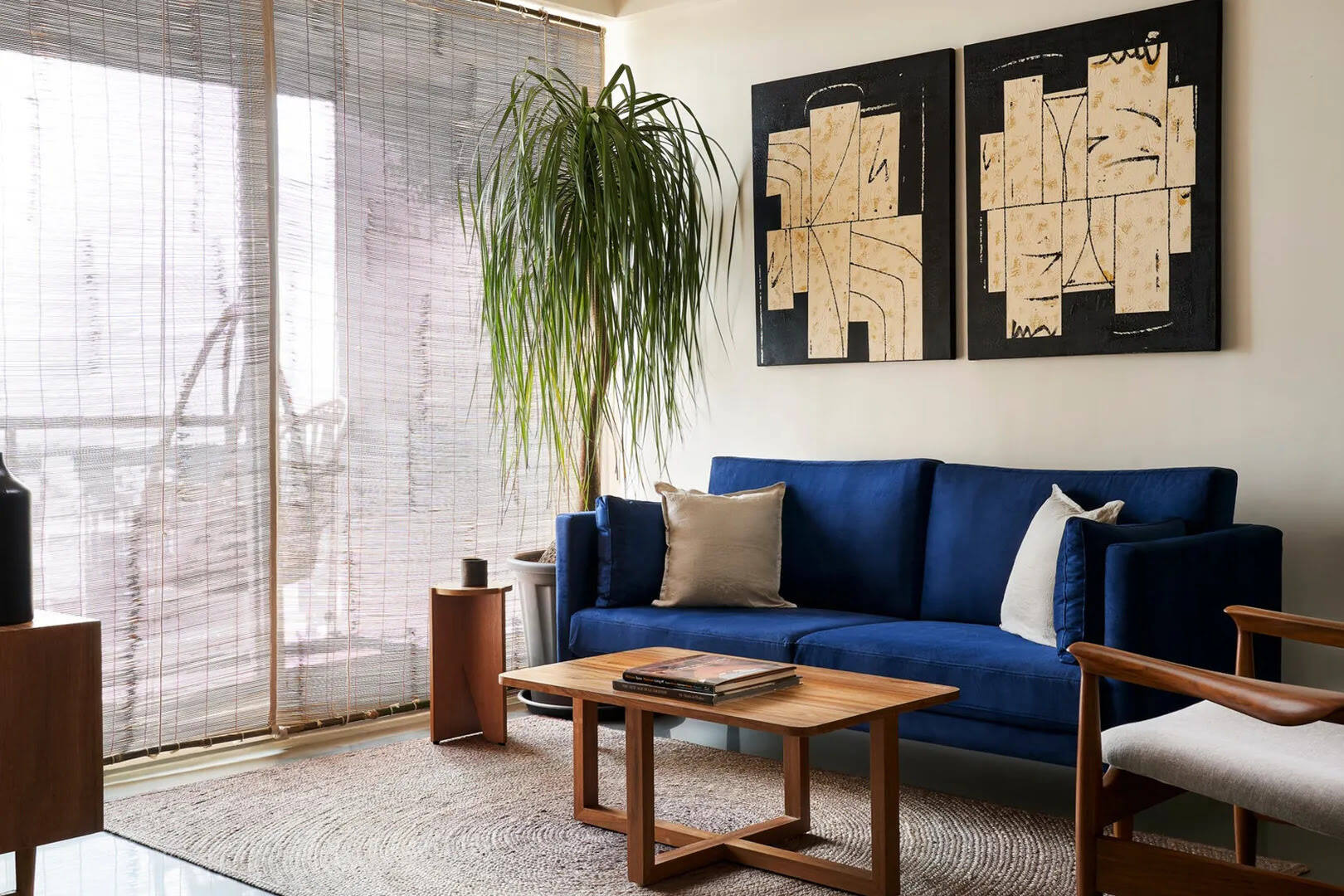
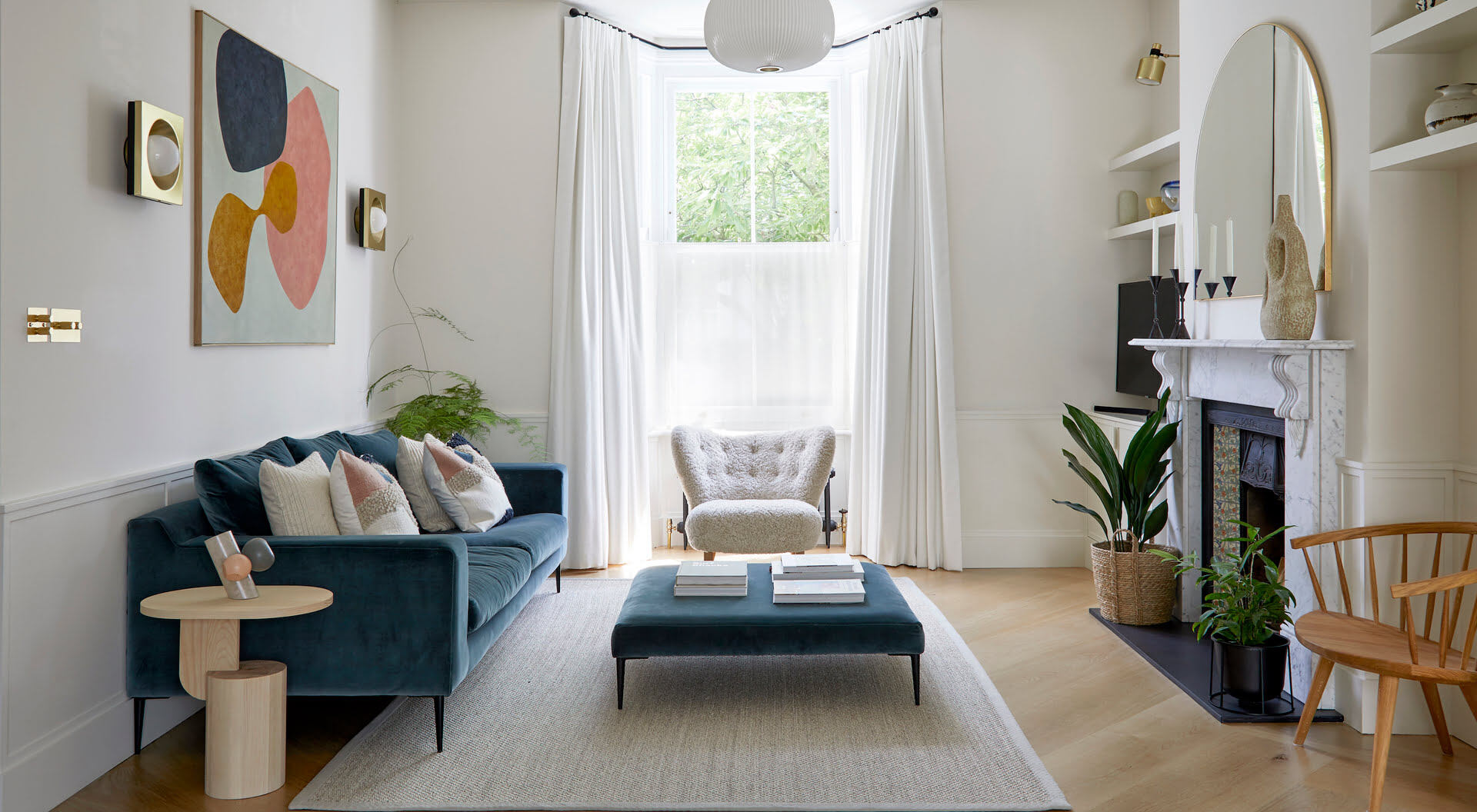

0 thoughts on “How To Organize A Small Living Room With Not Enough Storage”